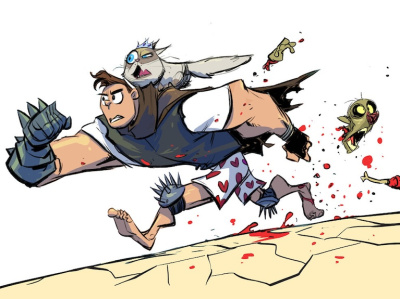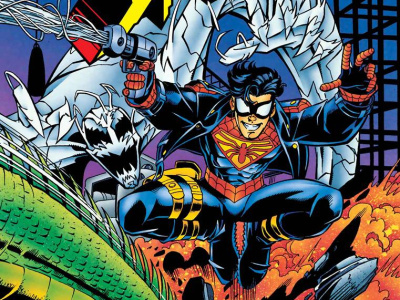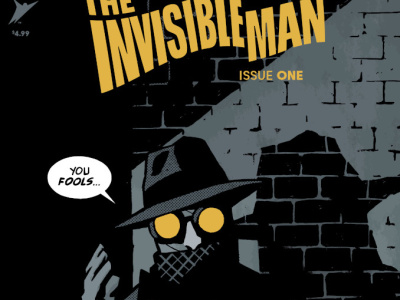
As part of a streamlining of operations, the newly merged AOL Time Warner has announced that it intends to sell or close its 140 US-based Warner Brothers Studio Stores. This will mean the elimination of some 3,800 jobs in addition to the layoffs of some 2,000 employees already announced by the giant conglomerate. The closings are the result of slowing sales from the once mighty retail chain, which consists almost entirely of high profile, high rent mall stores. Just as branded restaurants like Hard Rock Cafes have fallen on hard times, so too have the vertically integrated 'studio' stores that once moved mass quantities of licensed merchandise. Even Disney, the leader and innovator in this in-bred channel of retailing, is cutting back after profits from its consumer products division fell 38% in 1999 thanks in large part to poor performances from its mammoth 738-store chain. Viacom shut down its retail operation some time ago.
Why have these stores fallen on hard times, given their prominent locations, lavish financing, the economies of scale of a large chain, and the exclusive licensed merchandise available courtesy of their parent corporation? The answer speaks to the difficulty of pop culture retailing. After an initial burst of success when their merchandise and approach was new and fresh, the Warner Brothers Stores have failed to adapt to the changing marketplace. They weren't able either to create enough exclusive merchandise or to be competitive enough in price on non-exclusive licensed merchandise. The centralized management of the chain has to bear considerable responsibility for these failures, but is it an individual breakdown or a systemic problem?
A good part of the blame can be traced to the very nature of these vertically integrated retailing chains. By tying the store's merchandise to the licensed product output of the parent company, the system doesn't allow for the kind of diversity in product line needed for long term success in the pop culture products industry. Once the bloom was off the rose and the themed studio stores were no longer new and different, they were unable to adapt to changing trends and provide customers with exciting new merchandise. With several new animated films each year to provide new licensed products in addition to their stable of classic Disney properties, the Disney stores were in better shape than their counterparts at Warner Brothers, who basically had to make do with a product line based primarily on their venerable Looney Tunes lineup with DC Comics characters providing the rest of the retailing muscle (at least until Time Warner's acquisition of the Ted Turner empire in the late 90s provided some relief in the form of Cartoon Network and pre-1950 Warner movie properties). But even with the Disney stores it is too often the case of a rack or two of new merchandise based on current film projects not being able to disguise the fact that the bulk of the store's product line remains the same season after season. Although having to use in-house licenses has limited the product mix at both Warner and Disney stores, it is also clear that the chains were unable to make the most out of these properties.
The impact of the WB decision depends on the ultimate disposition of the stores. They could be sold to an operator that continues to sell exclusively WB/AOL merchandise, to an operator that changes the product mix to include other companies' properties, or to a company, which merely utilizes the leases to sell some other type of merchandise entirely.
Similarly, Disney has a range of options available to it. But regardless of what ultimately happens to these stores, one can hope that the owners of large blocks of intellectual property note the problems of attempting to vertically integrate in this way and renew their support for the independent retailers that move the bulk of their licensed merchandise.







